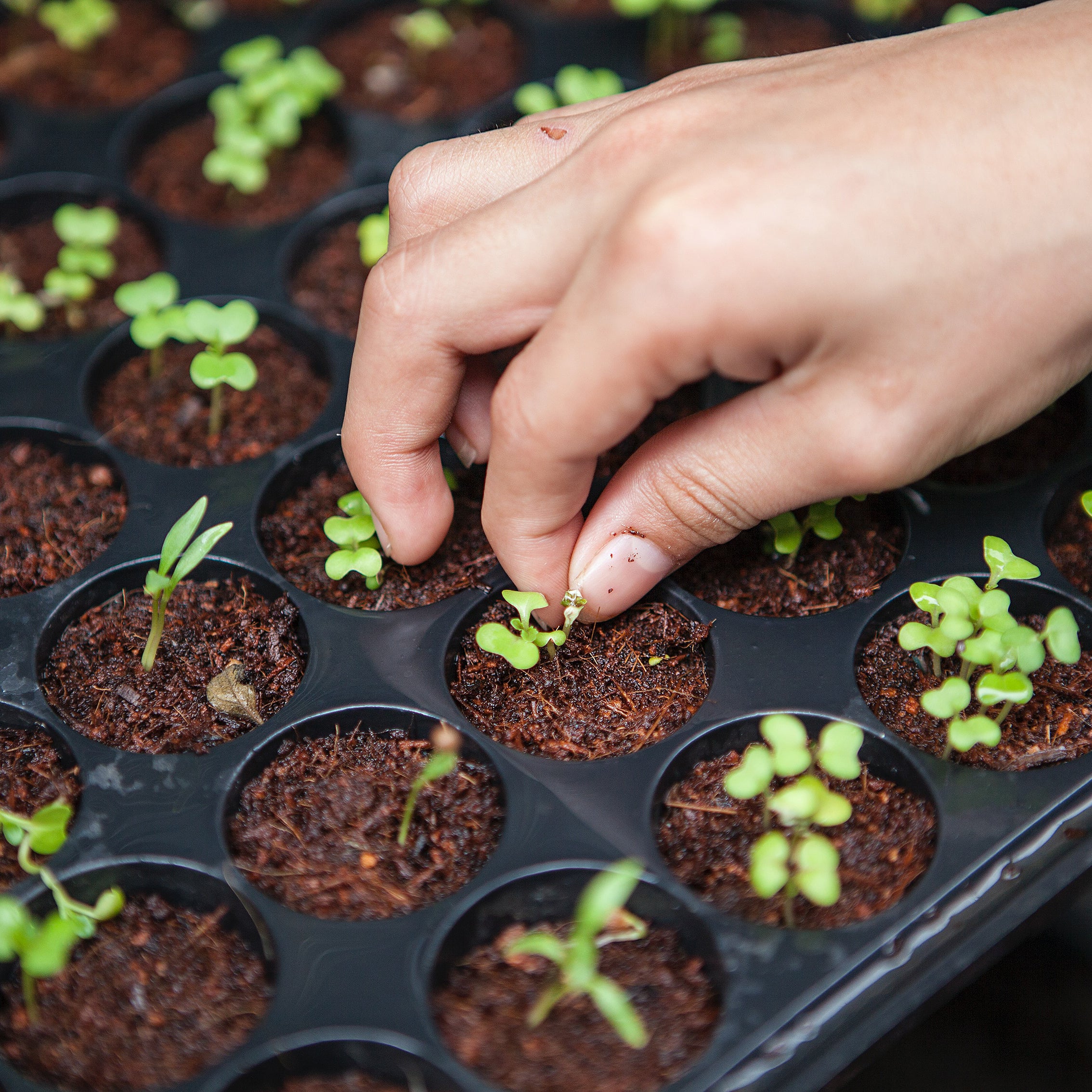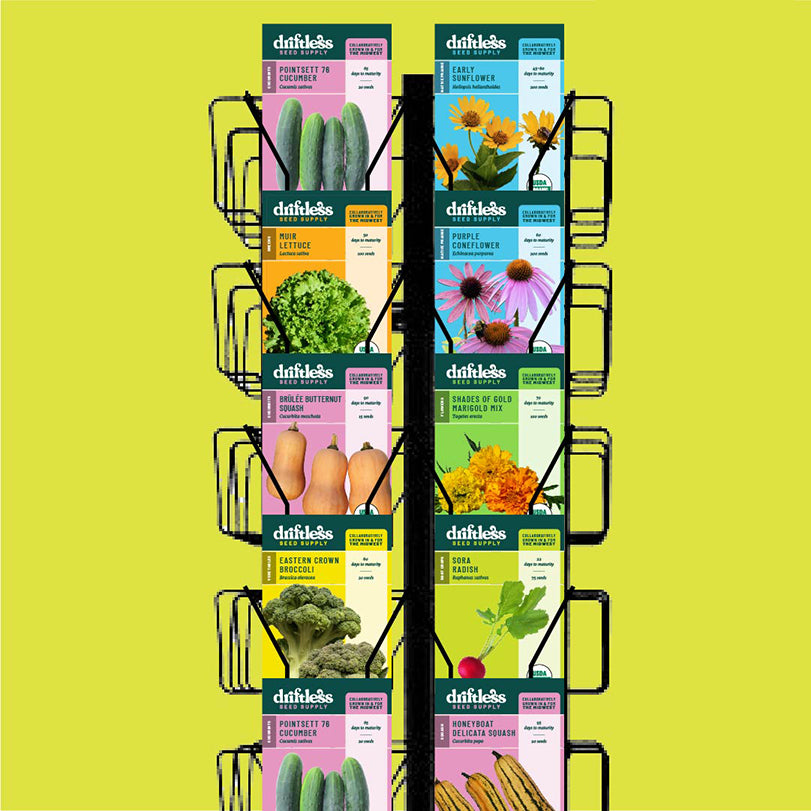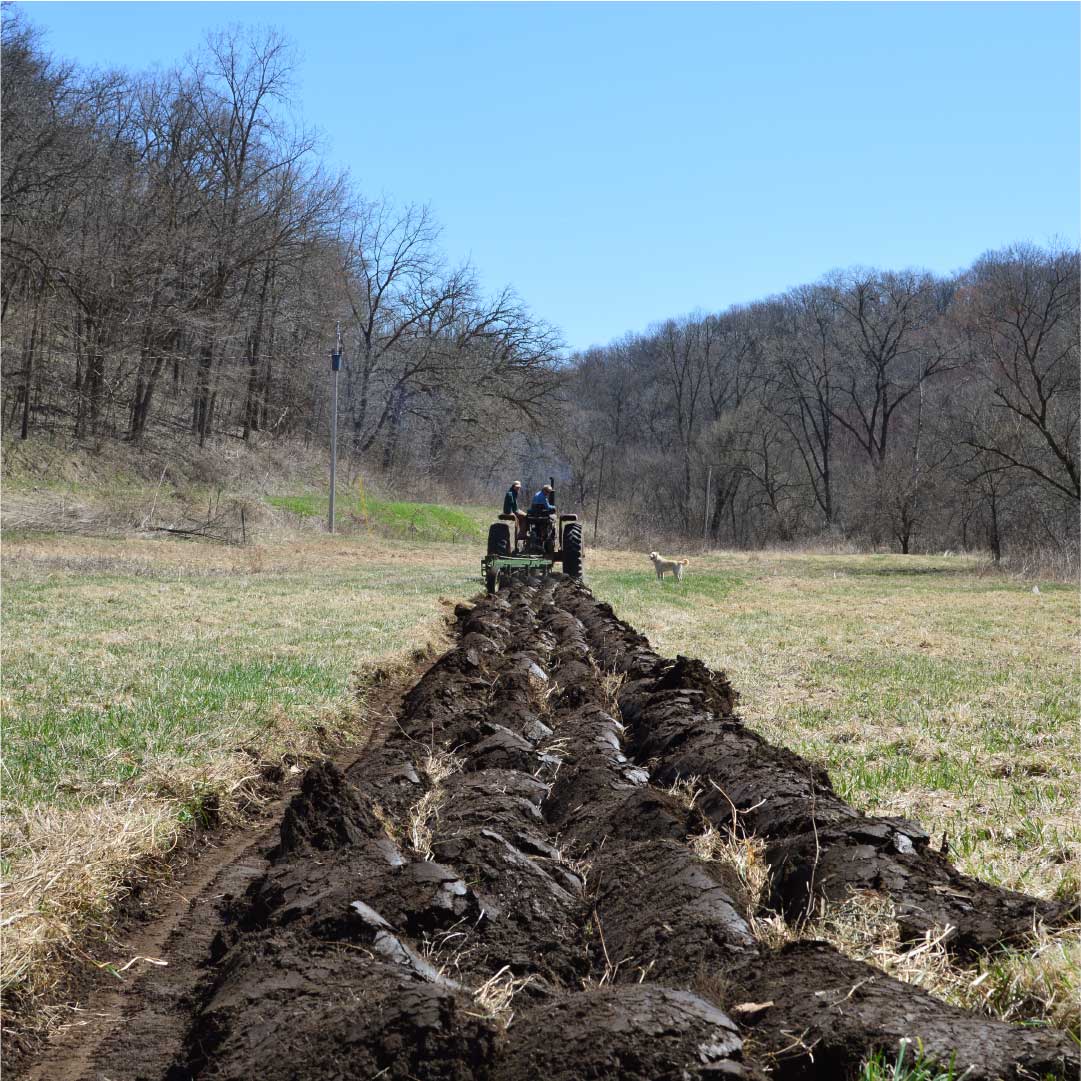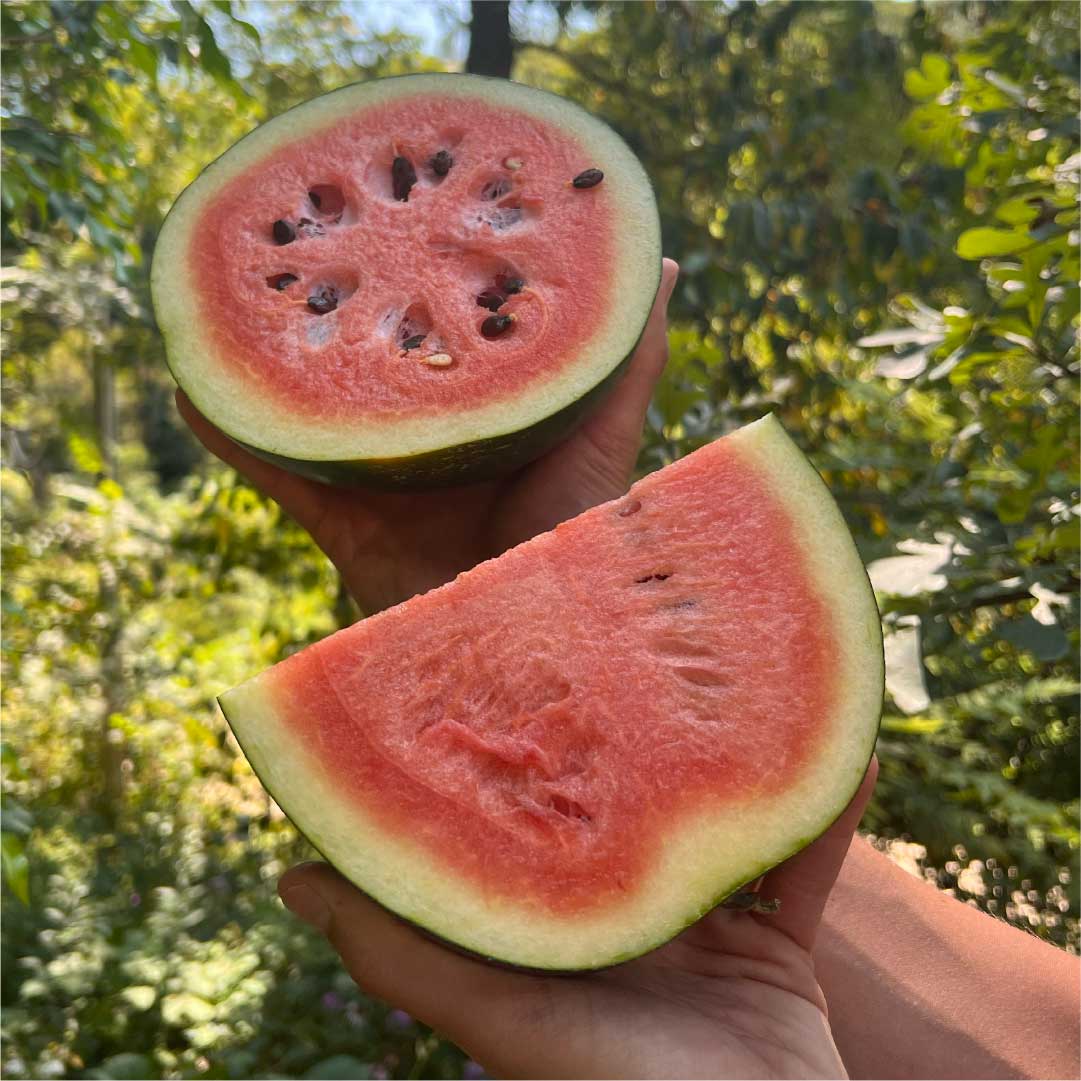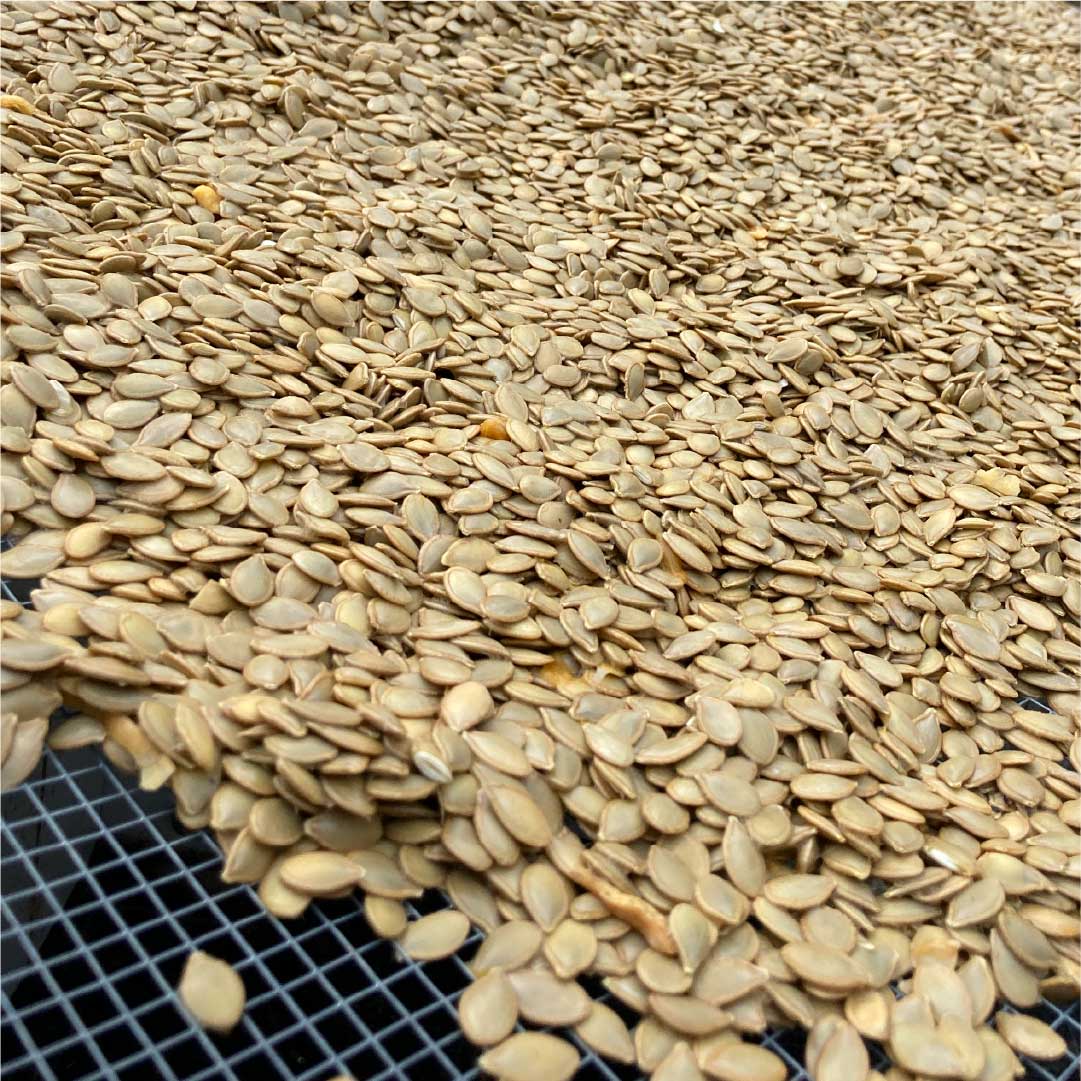Driftless Seed Supply Grower Resources
Arugula Growing Resources
Historical and Cultural Significance:
Arugula, also known as rocket or roquette, is a flavorful, peppery green commonly used in salads. Originating in the Mediterranean, it's a staple in Italian cuisine and has been cultivated for centuries for its taste and potential health benefits. Traditionally, arugula is often paired with milder greens in culinary dishes to balance its robust flavor.
Site Selection and Soil Preparation:
- Soil Type: Arugula prefers fertile, well-drained soil.
- pH Range: 6.0 to 6.8.
- Sunlight: Full sun to part shade.
Planting: Timing, Spacing, and Depth:
- Direct Seeding: Sow seeds 1/8" deep, about 5 seeds per inch.
- Row Spacing: At least 2" apart.
- Timing: From early spring onwards. For winter harvest, grow in cool greenhouses or high tunnels from late summer and early fall sowings.
Irrigation:
Regular watering is essential, especially in dry conditions, to ensure steady growth.
Fertilization:
- General Guidance: Apply a balanced fertilizer to maintain soil fertility.
- Specific NPK Recommendations: Not provided for arugula specifically, but generally, leafy greens benefit from nitrogen-rich fertilizers.
Pest and Disease Management:
- Pests: Flea beetles, aphids, and slugs are common issues.
- Preventative Measures: Use row covers to protect crops from flea beetles and aphids. Encourage beneficial insects like ladybugs. Practice crop rotation to prevent soil-borne diseases.
- Organic Pesticides: Neem oil or insecticidal soaps can be effective against aphids. Diatomaceous earth can deter slugs. Pyganic is effective against flea beetles, especially before fully mature, but should be used as a last resort.
- Diseases: Monitor regularly for common leafy green diseases like downy mildew.
Harvest Recommendations:
- Harvest Time: Young leaves are more tender and mild, while older leaves and plants tend to be spicier. Harvest as needed once plants reach 4” high, making sure to leave the growing point intact when cutting baby leaves. For bunching full size arugula, which is great for cooking, pizzas, pasta, and more, cut at base.
Post-Harvest and Storage:
- Cooling: Rinse in cold water to remove field heat after harvest. Dry and store in refrigerated conditions in a bag or container that will hold humidity.
- Handling: Handle gently to avoid bruising.
- Storage: Store in a cool, humid environment. Arugula has a relatively short shelf life and is best used fresh.

